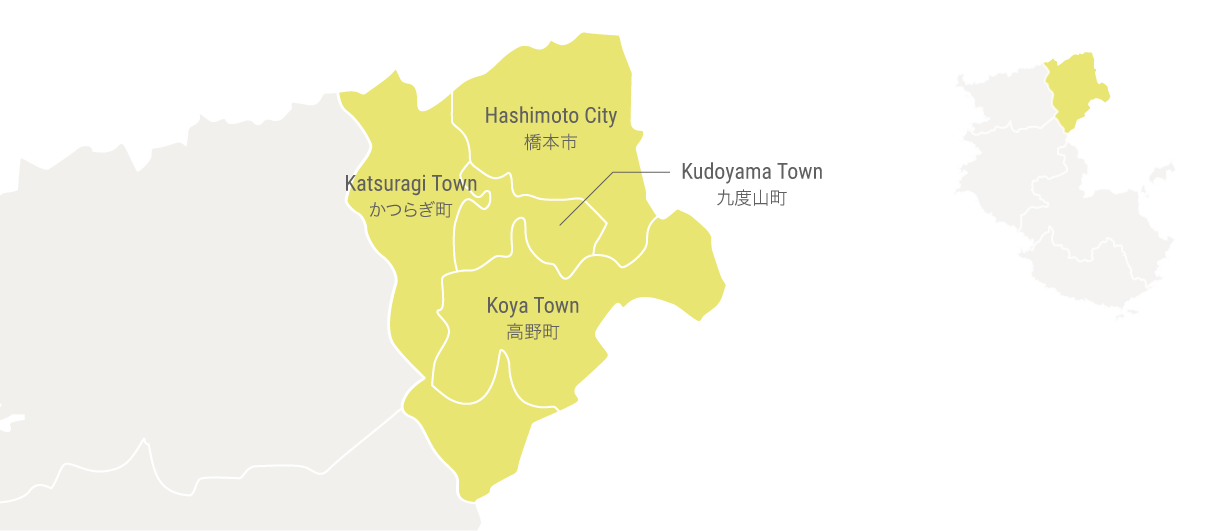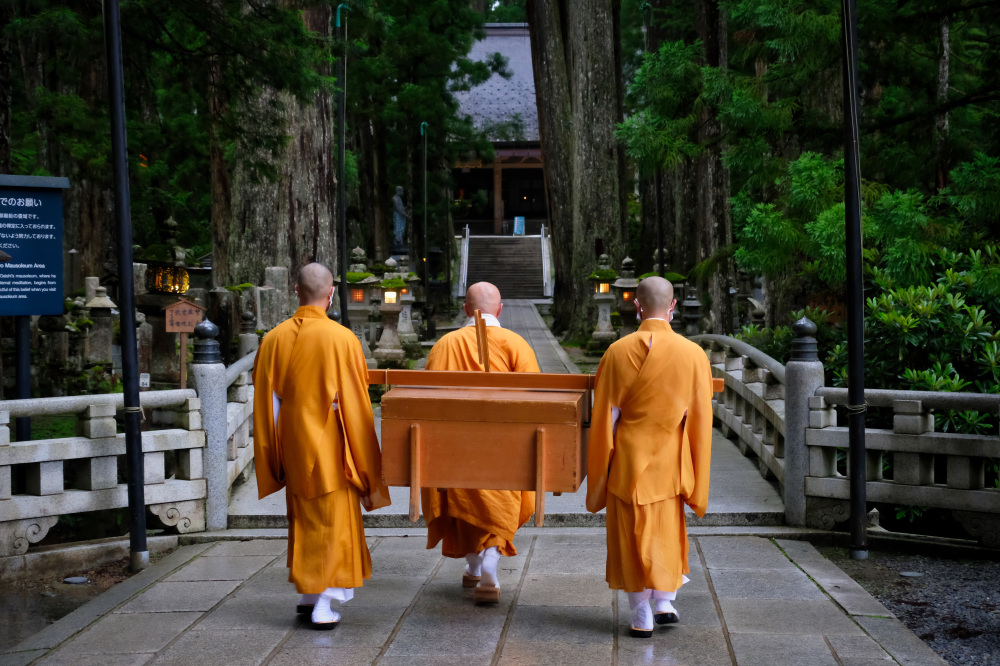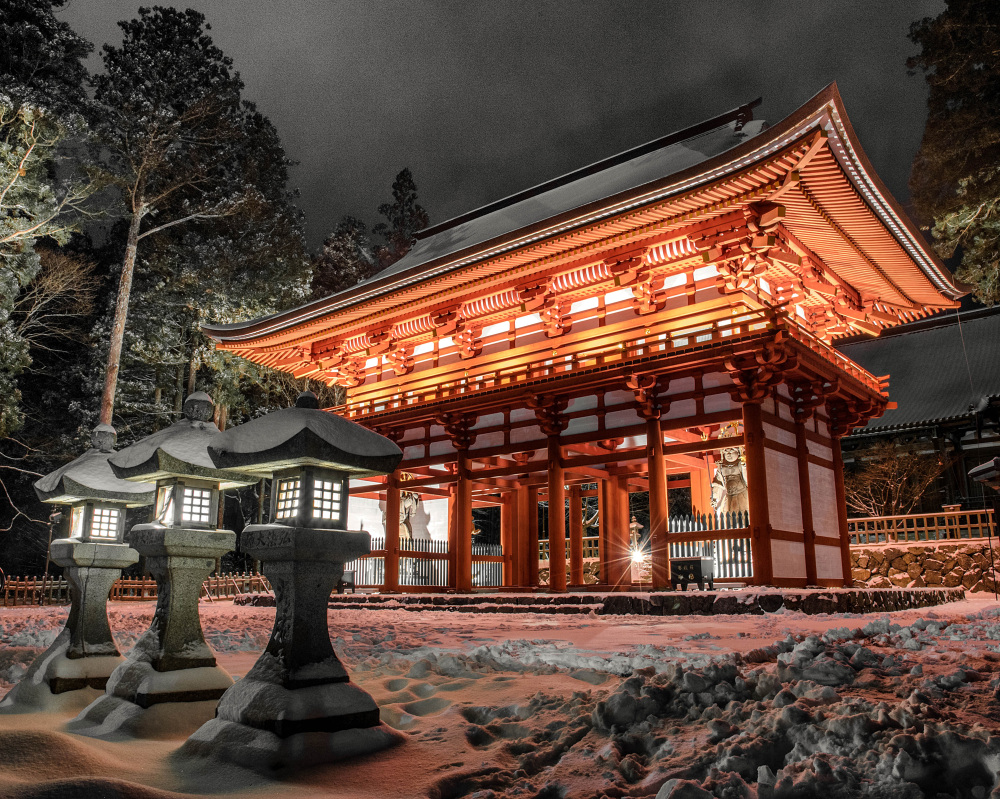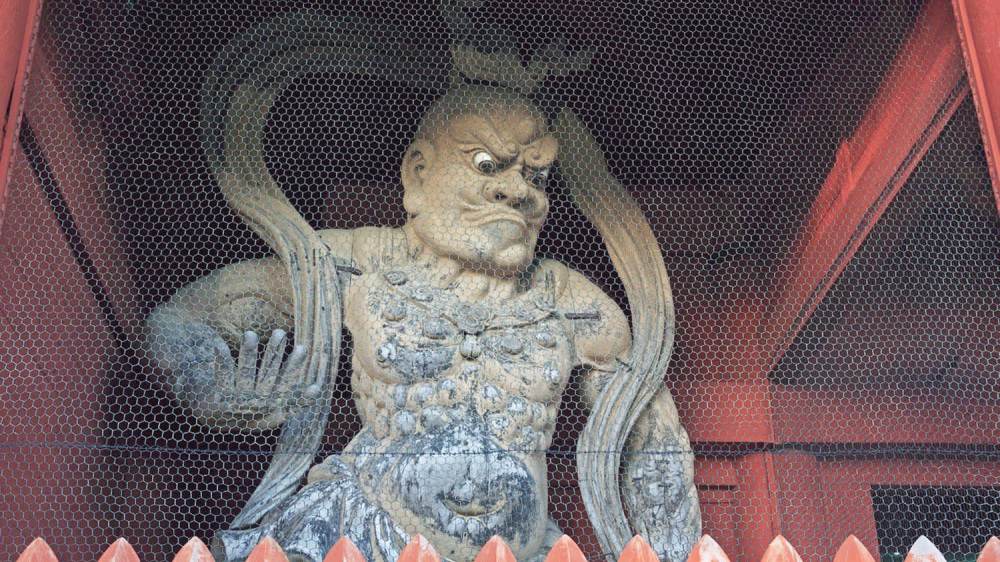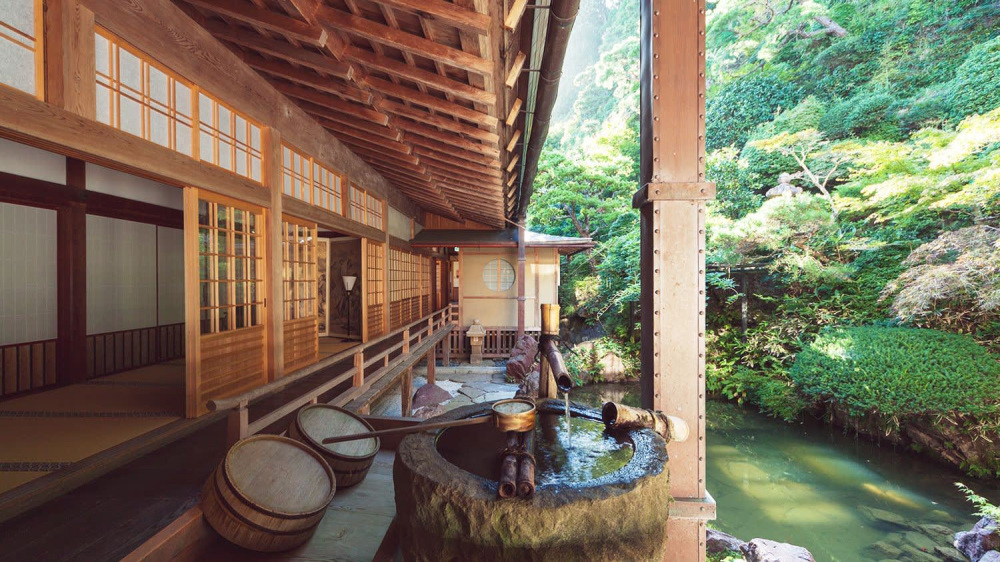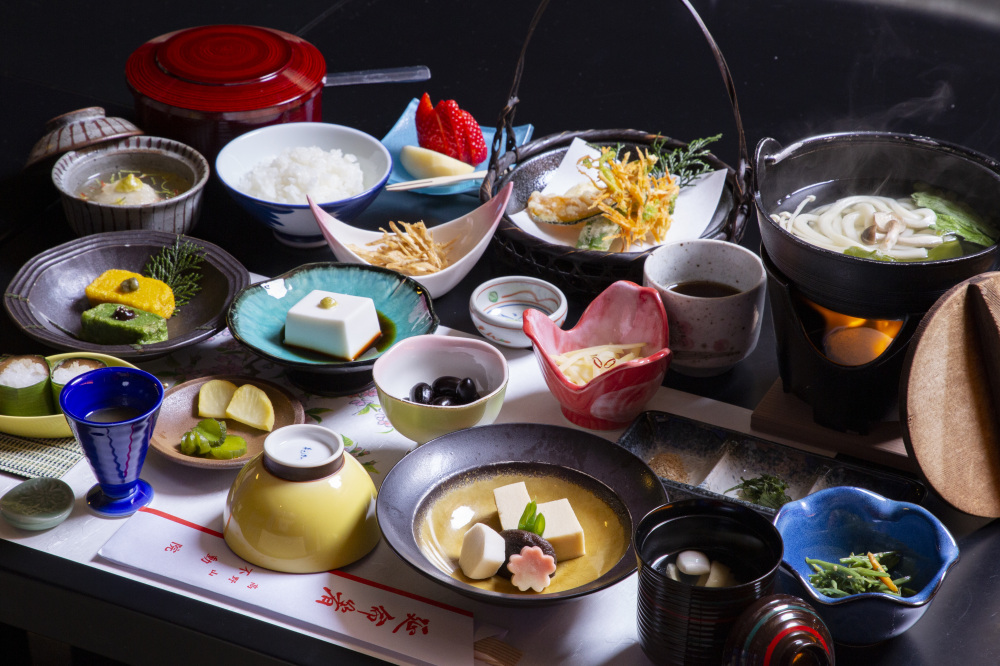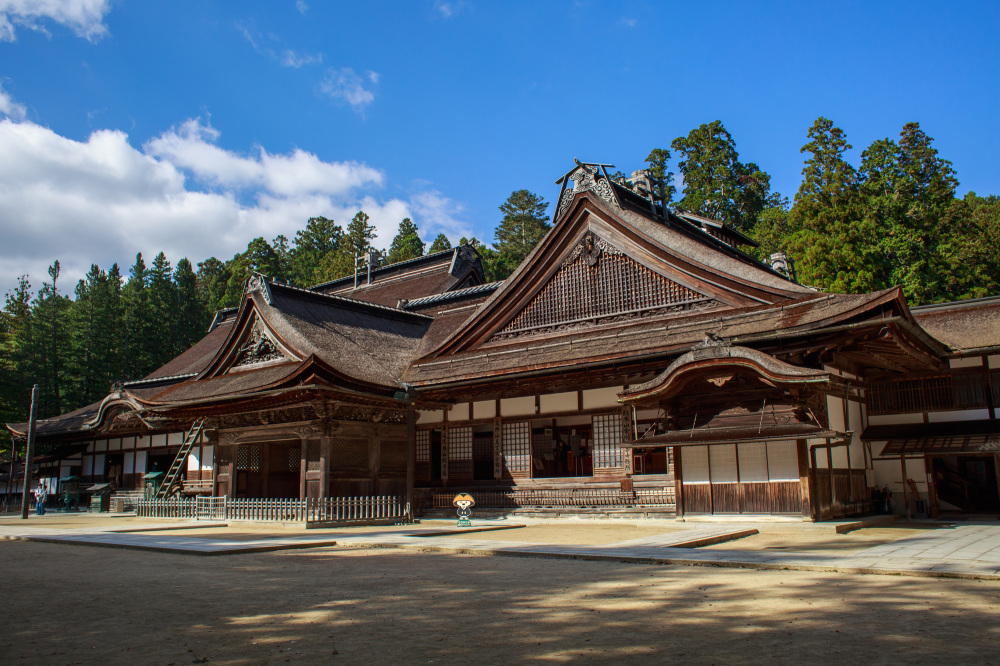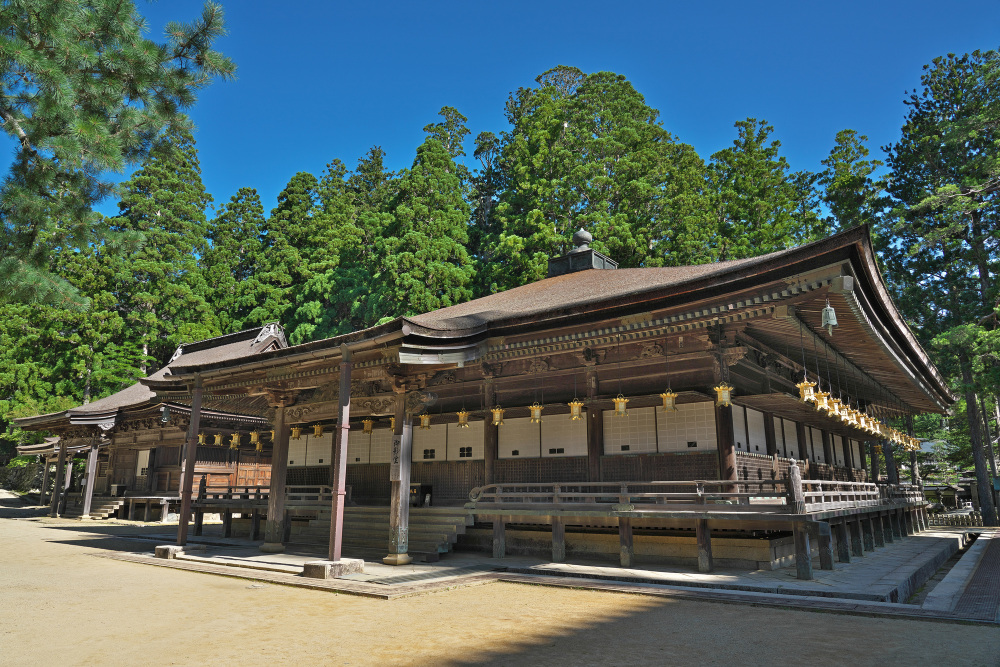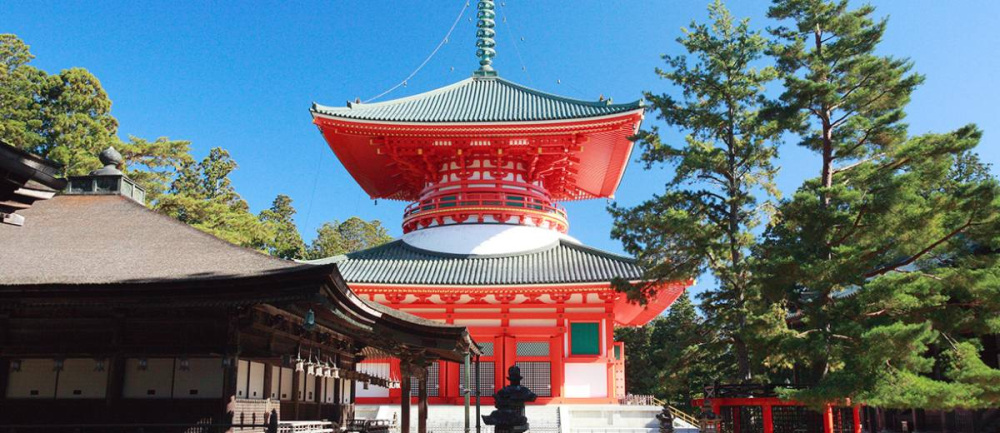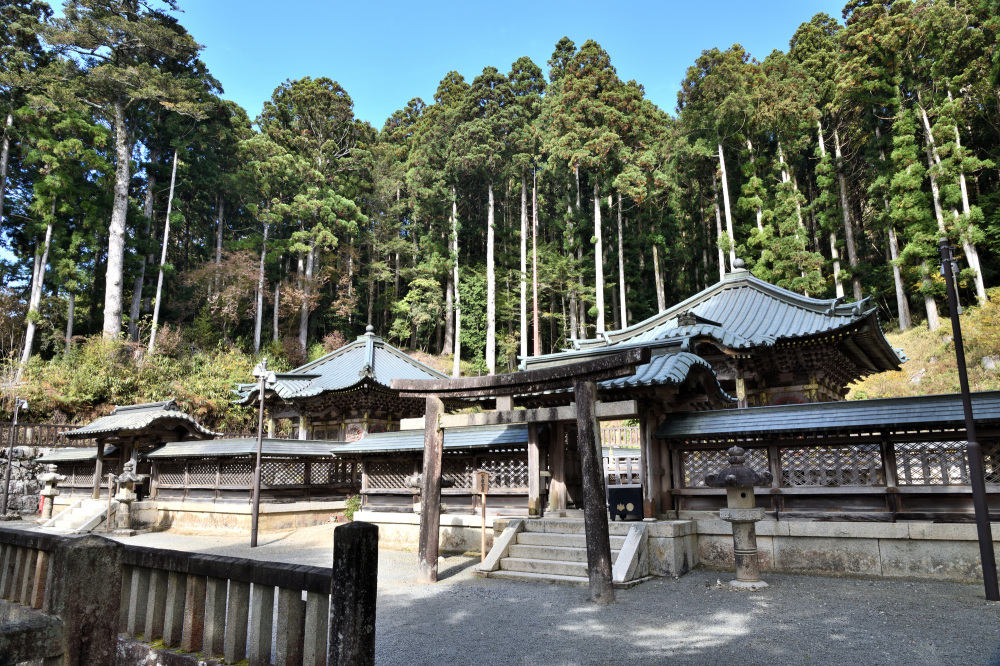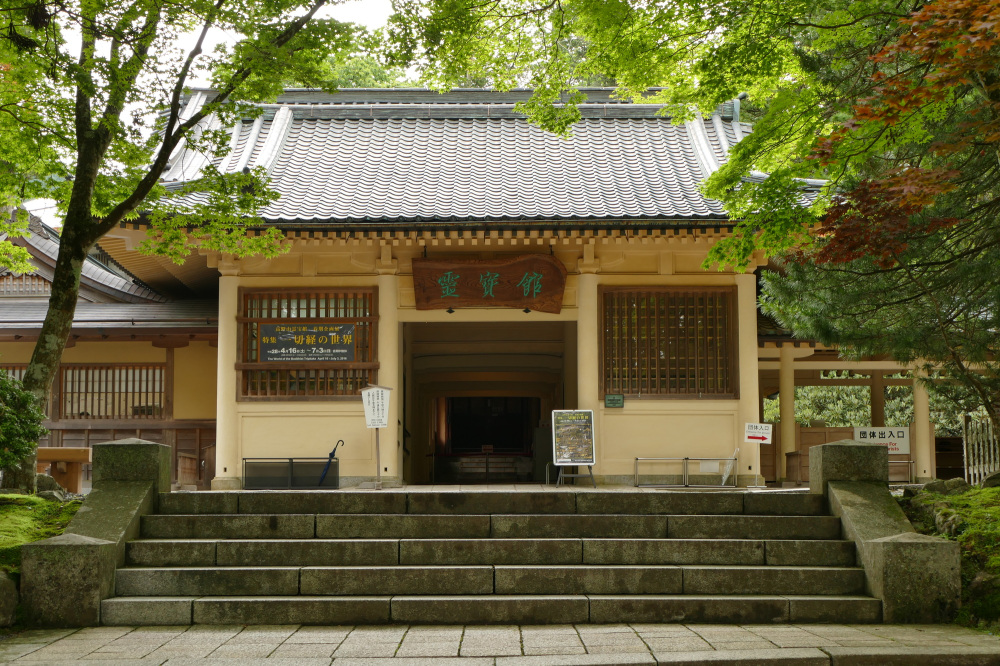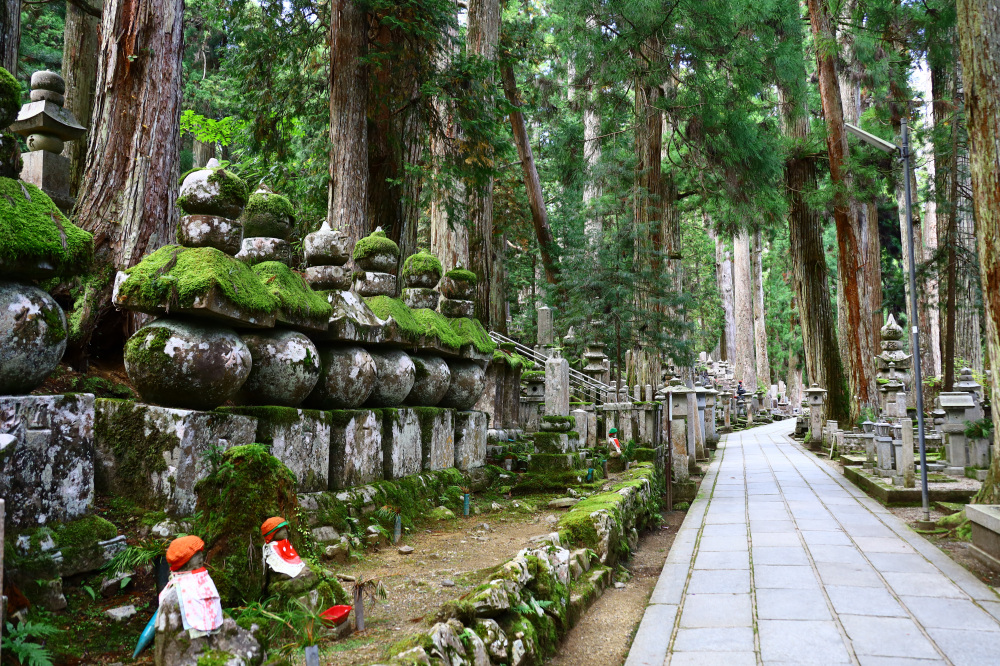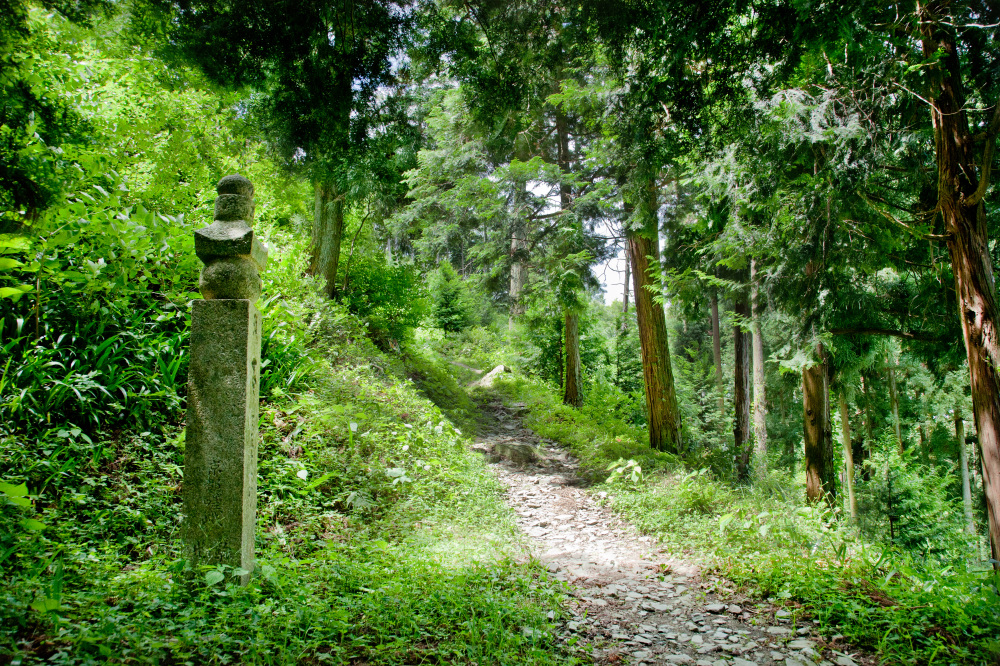Koyasan Area: Majestic Temples and Rich Nature
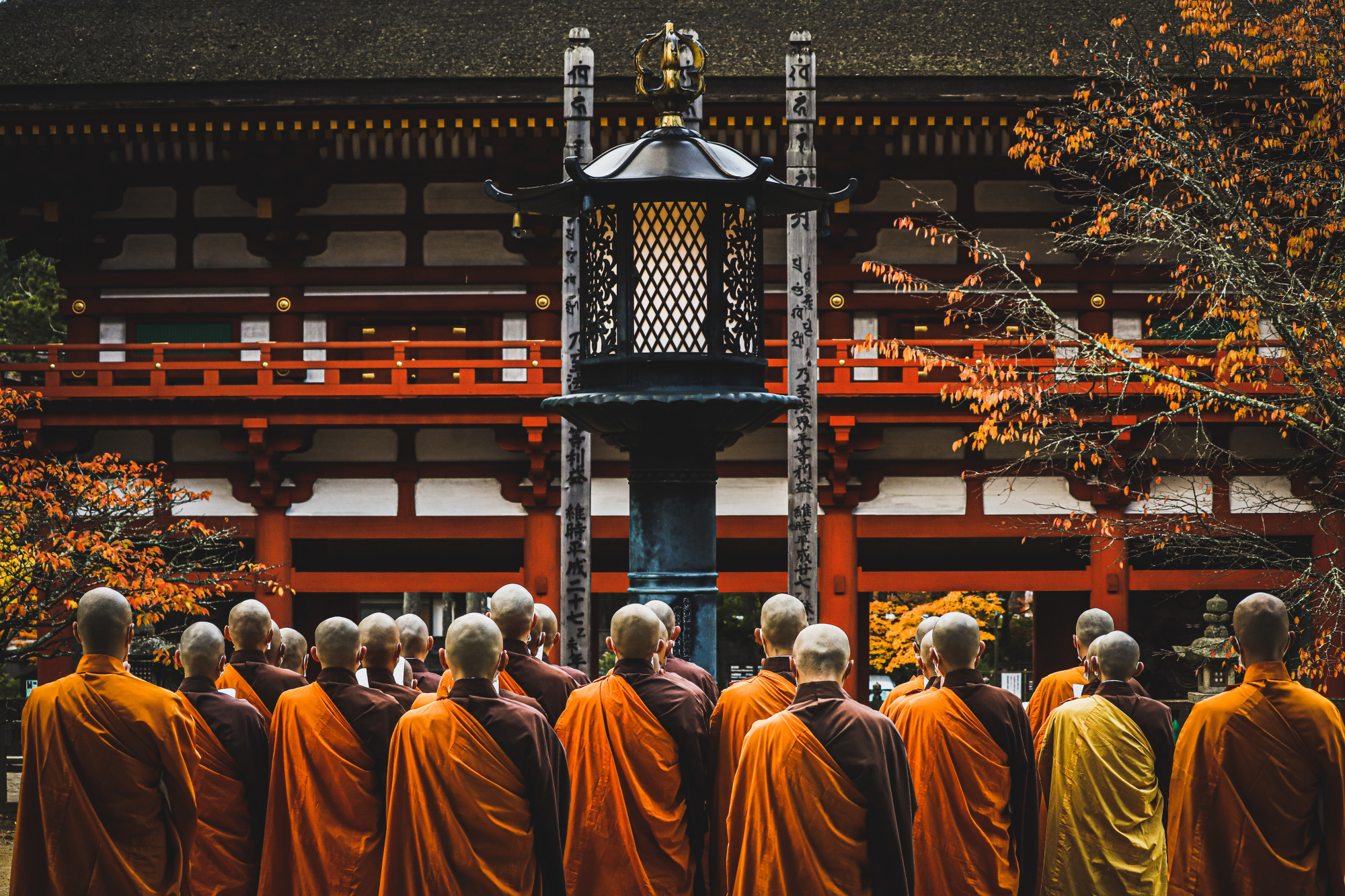
If nature indeed brings mankind closer to the cosmos, then Koyasan is its embodiment.
The History
In the year 816 AD, a monk by the name of Kukai (774 - 835 AD), posthumously named Kobo Daishi, founded Shingon Buddhism and the monastery complex known as Koyasan. Located in the lush Koya-Ryujin Quasi-National Park, it is said that the 8 peaks and basin resemble a lotus, making it an auspicious location. For over 1,200 years Koyasan has flourished as an active monastic center, and is one of Japan’s most sacred sites.
Temples
The contemplative surroundings that make Koyasan spectacular have welcomed emperors, feudal lords, aristocrats and politicians, acolytes and ordinary citizens. Its 117 intricately crafted buildings are the vestiges of the more than 2,000 temples that existed during the height of the Edo era (1603 - 1868). Whether richly textured in autumn leaves, covered in winter snow, or abloom with spring cherry blossoms and rhododendrons, Koyasan offers Shingon devotees and non-believers alike respite from the stresses of everyday life.
World Heritage
In 2004, recognizing the unique and remarkable universal value of these three sites, Koyasan, Kumano Sanzan, and Yoshino and Omine (Nara Prefecture), as well as the connecting pilgrimage routes to the ancient capitals of Kyoto and Nara, were designated a UNESCO World Heritage site. The “Sacred Sites and Pilgrimage Routes in the Kii Mountain Range” embody a cultural landscape, one that has existed over centuries through ascetic spiritual practices harmoniously interwoven with nature.
Shukubo Temple Retreats
For a culturally illuminating encounter, staying overnight at one of the 51 temples offering accommodations is an experience of a lifetime. Each temple’s design uniquely showcases aspects of Japanese philosophy and aesthetics. All visitors are welcome, and can not only see the inner workings of Shingon monastic life, they can also take part. To enter the quietude, practices such as meditation (ajikan), listening to sutra teachings and a calligraphic sutra copying practice (shakyo) are offered.
Shojin-ryori
A vegetarian Buddhist cuisine made entirely of vegetables and edible wild plants, shojin-ryori may sound simple yet that could not be farther from the truth. Harmoniously composed into a symphony of seasonal tastes, shojin-ryori is all about bringing out the essence of its ingredients. Specialties include koya dofu and its sesame-flavored relative, goma dofu.
【Koyasan Highlights】
Kongobu-ji Head Temple
As the head temple of Shingon Buddhism, Kongobu-ji Head Temple is one of the most prominent sites at Koyasan and features elegantly painted sliding doors (fusuma) and the Banryutei, Japan’s largest rock garden. Architectural buffs will enjoy the traditional fire prevention system, consisting of barrels collecting rainwater to dampen the cypress bark roofing.
Mie-do
The Great Portrait Hall Mie-do, which contains a painting of the founding monk Kobo Daishi, stands out as the only temple structure with a gradually sloping roof, and deep eaves.
Danjo Garan Sacred Temple Complex
The Danjo Garan Sacred Temple Complex marks the center of Koyasan, and was the first site built on, as a venue for secluded ascetic training. Here stands the 48.5 meter tall vermillion-colored Konpon Daito (Great Tower), believed to be Japan’s first square two-storied pagoda.
Tokugawa Dynasty Mausoleum
The Tokugawa Dynasty had a profound effect on the future of Japan, by unifying the country after hundreds of years of civil unrest. Under their rule, known as the Edo Period (1603 - 1868), the economy and culture flourished.
Koyasan Reihokan Museum
Established in 1921, the Koyasan Reihokan Museum manages the religious artifacts of Koyasan and includes paintings, relics, mandalas and Buddhist statues.
Okuno-in
Considered the holiest location in Koyasan, along the 2 km path to monk Kobo Daishi’s mausoleum are more than 200,000 tombstones and commemorative monuments. Walking down this cedar-lined path is like flipping through the history pages of Japan. Tributes to shoguns, writers, actors, poets and even companies such as the confectioner Glico, mark this path.
Pilgrimage Routes
The feet of many have trod in search of tranquility on the mountains of Wakayama. To make the alpine ascent, pilgrims typically took Koyasan Choishi Michi Pilgrimage Route, built at the same time as Koyasan. Named after the 3 m high stone stupas (choishi) lining the way, this 24 km trail begins at Jison-in Temple and ends at Okuno-in. Today both recreational hikers and devotees alike make the 7-hour journey leading to Koyasan’s Daimon entrance gate – one of the hundred top spots in Japan to view the sun set and sun rise.
USEFUL TIPS AND THINGS TO KNOW
● With an average temperature between 10°C - 11°C, warm dress for the mountain climate is recommended. January and February tend to be the coldest times of the year, when temperatures dip below zero and snow occasionally falls. Temperatures only break the 10°C mark at the end of March. The hottest time of year is the middle of August, and the most pleasant is late September.
● Audio guides on Koyasan’s history are available for rent at Koyasan Shukubo Association offices. Languages include Japanese, English, French, Chinese, and Korean. For private and custom guided tours of Koyasan, it is highly recommended that visitors book tours in advance. In addition, trekking tours are also available.
● There are various transportation passes to Koyasan, that also include discounts for both souvenirs and temple entrance fees.
● Rental bicycles are available at Koyasan Shukubo Association and Koya Tourism Association.
● Shukubo temple retreats normally do not accept credit cards, only cash. Some do serve alcoholic beverages. Bookings are made through the Koyasan Shukubo Association.
